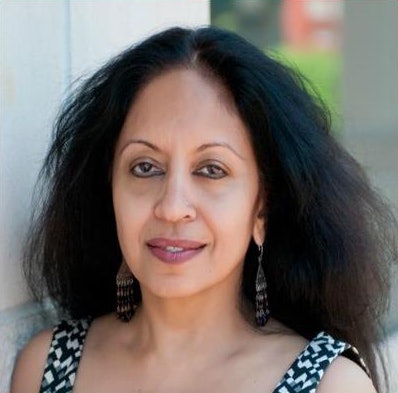Many educational institutions believe in the moral and societal benefits of diversity, however, few employ policies that make diverse constituents feel holistically included. Furthermore, few analyze how institutional stakeholders can be convinced that diversity is also a business advantage.
Educational institutions should employ practices so that diverse students, staff and faculty feel valued, thereby promoting their professional development, and in turn institutional success.
This webinar will discuss how you can understand and link the business benefits of diversity with its moral and societal traits.
“It is a well-known fact that establishing a business case for diversity is not an easy task. This can be an even greater challenge in educational institutions because diversity goals may not always translate to hard cash. In today’s world of shrinking resources, jobs and socioeconomic opportunities, diversity as a societal and cultural value is a declining commodity. In a university or college setting, making a pitch for the business case for diversity has mostly to do with buy-in of leadership, students, faculty, staff and various other internal and external stakeholders…”
SPEAKER

Consultant, Organizational Diversity & Higher Education,
Founder & Chairperson, Diversity Discover
Fellowship Program Administrator, The Smithsonian
National Museum of African American History and Culture
Anita Nahal, Ph.D., CDP, is Certified Diversity Professional (CDP), educationist, professor, author, poet & dancer, and also the Founder & Chairperson of, www.diversitydiscover.com. Currently, she is a Diversity Consultant and also serves in the capacity of the Mellon Fellowship Program Administrator for the Smithsonian National Museum of African American History and Culture. Nahal's past positions include: Assistant Provost for International Programs, Howard University, Washington DC; Visiting Associate Professor of History at the State University of New York at Binghamton, New York; Associate Professor of History, Sri Venkateswara College, University of Delhi, India; and Adjunct Professor at George Mason University, Fairfax, Virginia & Howard University, Washington D.C.
Some achievements include: Visiting Scholar, Beatrice Bain Research Group on Gender at the University of California at Berkeley, Fulbright Scholar-in-Residence at the State University of New York at Binghamton, and an NEH Summer Seminar Award winner. Besides two academic books, Nahal has one book of poems and three children’s books, and over 30 articles in journals and blogs. She writes periodically on LinkedIn as well. Nahal is deeply involved in community service in women’s & children’s issues, diversity & multiculturalism, education achievement gap and Medicare. More info on Nahal is available at:
TAKEAWAYS:
After attending this webinar participants will be able to:
Participants will learn:
- Best practices for developing a business case for campus diversity, specifically, how to create a template for analyzing, incorporating, and assessing the business benefits of diversity to an educational institution.
- The difference between Diversity and Inclusion (D&I) and whether the incorporation of diversity within the fabric of an institution makes it truly inclusive.
- How to develop buy-in by various institutional stakeholders, especially leadership buy-in, on how diversity is almost essential to the survival, and proliferation of the institution, and its constituents.
- How to connect the moral and societal benefits of D&I with the business benefits to a institution.
(Anita Nahal,https://www.diverseeducation.com/opinion/article/15096159/making-a-business-case-for-campus-diversity)
Questions can be asked during the webinar or sent in advance to: [email protected]








